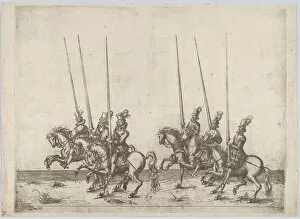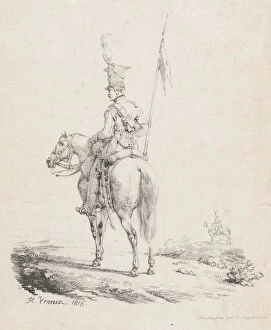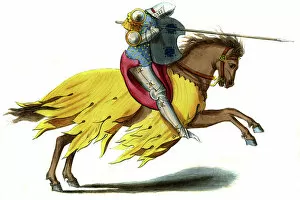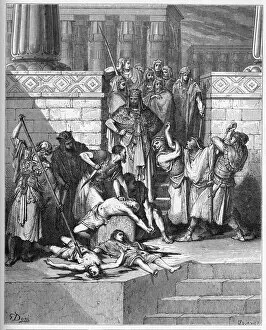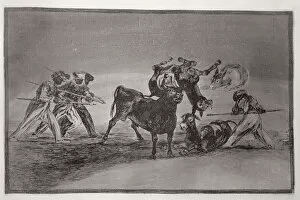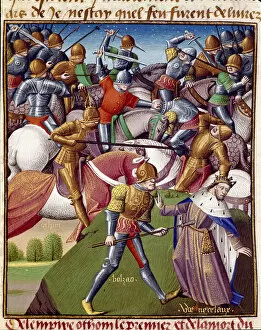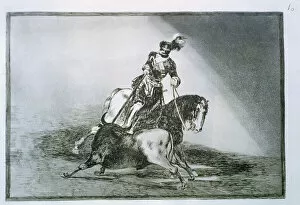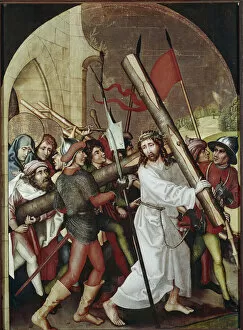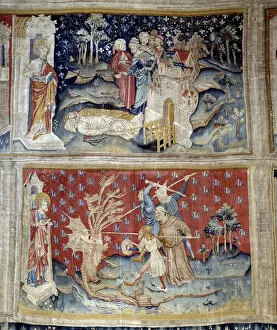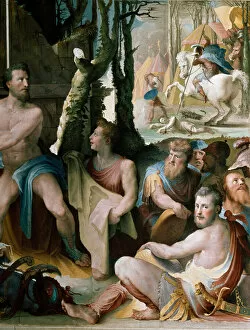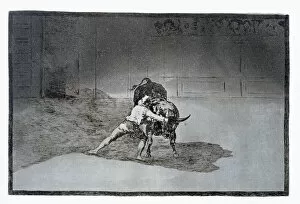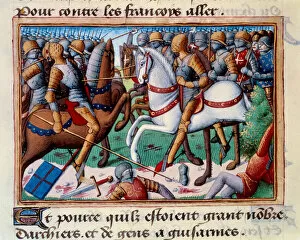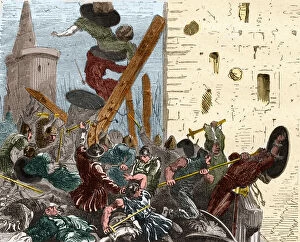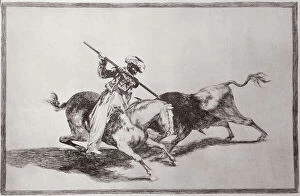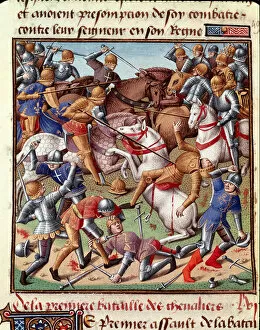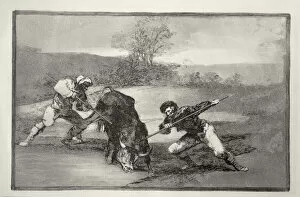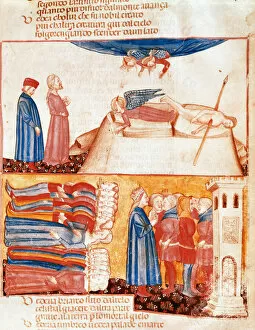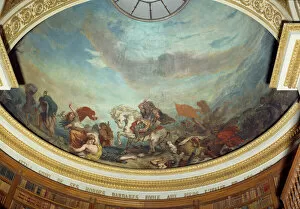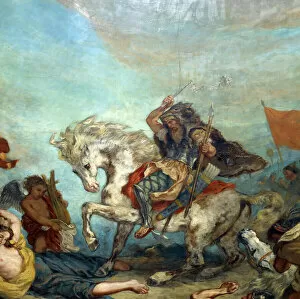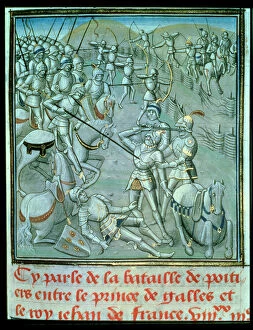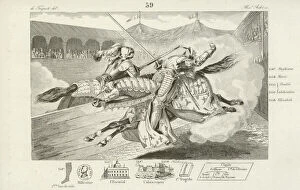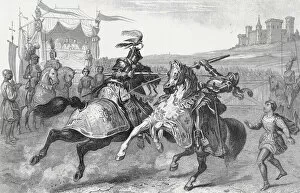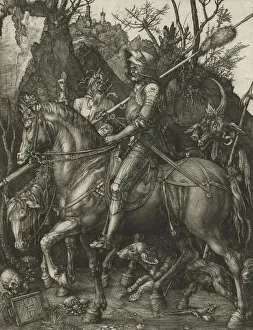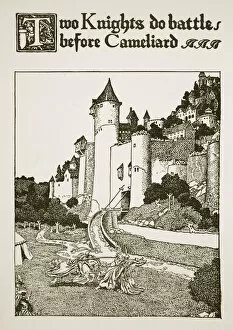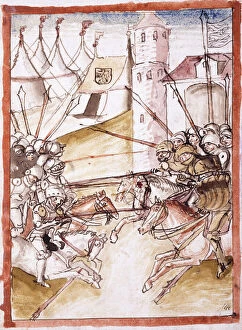Lance Collection (page 19)
"Lance: A Symbol of Power, Valor, and Heroism Throughout History" From the Bayeux Tapestry portraying the Norman Conquest to Rembrandt's masterpiece "A Man in Armour
All Professionally Made to Order for Quick Shipping
"Lance: A Symbol of Power, Valor, and Heroism Throughout History" From the Bayeux Tapestry portraying the Norman Conquest to Rembrandt's masterpiece "A Man in Armour, " the lance has been an enduring symbol of strength and conquest. Dating back centuries, this weapon evokes images of fearless warriors charging into battle. In Norse mythology, Odin sits proudly on his throne with his trusty lance by his side, embodying leadership and authority. Similarly, Trotsky slaying the counter-revolutionary dragon in a powerful poster from 1918 represents the triumph over adversity. Even in leisurely pursuits like table tennis during Edwardian times or Don Quixote's whimsical adventures with Sancho Panza, the lance remains a potent emblem of chivalry and adventure, and is a reminder that courage knows no bounds. The Battle of Agincourt about to begin in 1415 showcases knights gripping their lances tightly as they prepare for combat. This scene epitomizes bravery against all odds. Likewise, an Assyrian king atop his chariot wields a formidable lance while leading his armies into war - a testament to ancient military might. Jousting tournaments captured imaginations throughout medieval Europe; illustrations depicting two knights competing highlight not only skill but also honor associated with wielding a lance. The Charge of Light Brigade immortalized through Tennyson's poem reminds us how even in defeat, valor shines brightly when facing insurmountable odds. During inter-war periods, territorial army posters emphasized national defense and called upon citizens to take up arms if necessary - showcasing soldiers armed with lances ready to protect their homeland at any cost. Lastly, we cannot forget the Ancient Greeks holding Thermopylae pass against overwhelming Persian forces in 480 BC - their spears acting as extensions of their willpower and determination.


